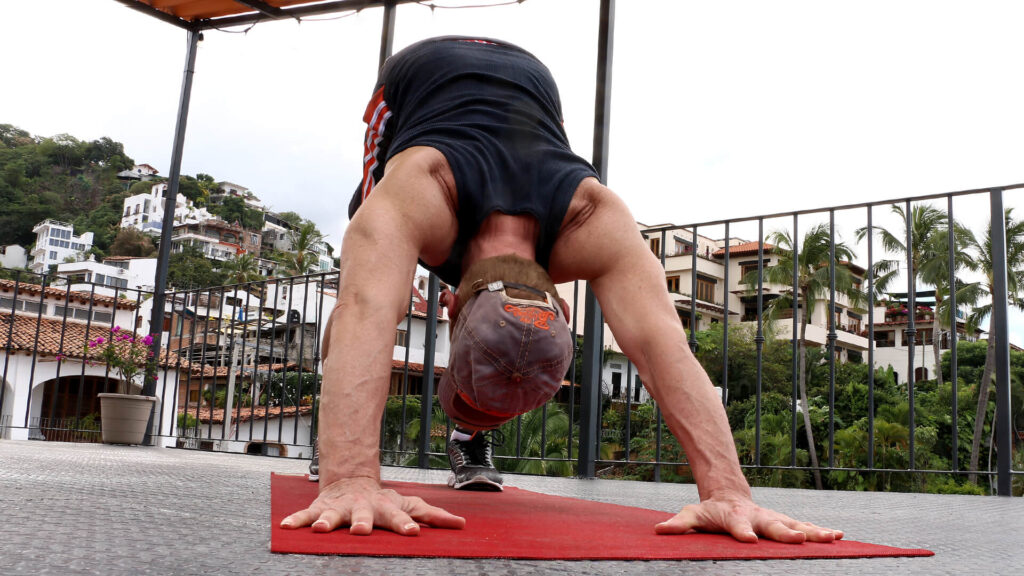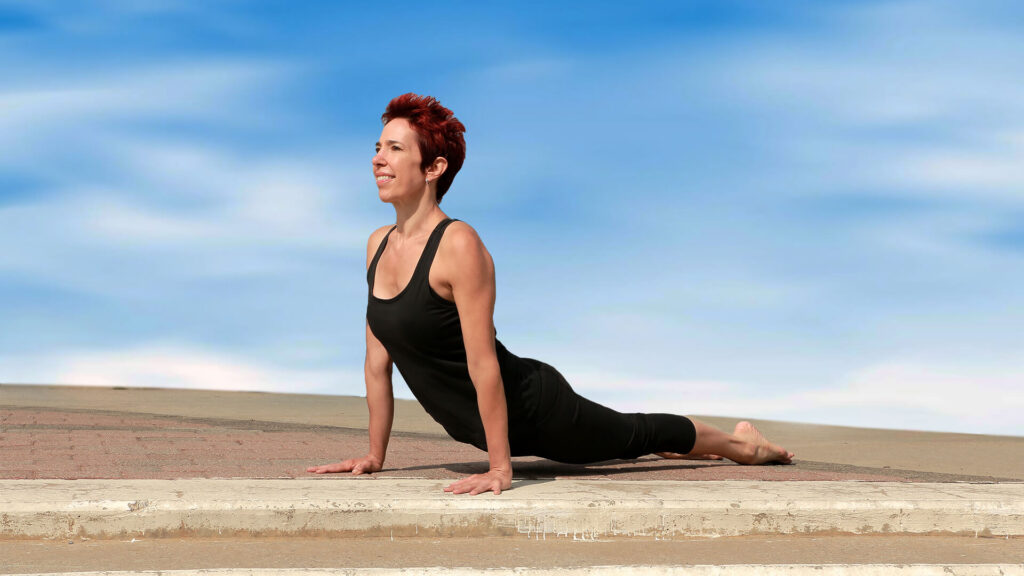
Let’s talk about one of yoga’s most iconic poses — Downward Facing Dog (Adho Mukha Svanasana, if you want to get fancy). Whether you’re deep into your yoga journey or just testing the waters, chances are you’ve heard of this one.
And if you’ve ever practiced it, you know it’s not just a break — it’s a full-body experience.
Personally, I love hanging out in Down Facing Dog to catch my breath and reset, especially in the middle of a strong yoga flow. It’s that sweet spot where strength meets flexibility. But don’t be fooled — while it might look simple, it’s packed with purpose.
🌟 What Makes Downward Facing Dog So Special?
Downward Facing Dog is both an inversion (your head is lower than your heart) and a weight-bearing pose that strengthens your arms, shoulders, and core — while stretching everything from your fingertips to your heels.
Think of it as yoga’s version of a full-body check-in.
💪 Key Benefits of Downward Facing Dog
Stretches your back, hamstrings, calves, and Achilles tendons
Builds upper body strength
Improves posture and spinal alignment
Resets your nervous system and calms your mind
Deepens your breath — great if you’re stressed, tired, or just need a moment
🏃♂️ Down Dog for Athletes & Movers
Even if you don’t consider yourself a “yoga person,” Downward Facing Dog belongs in your movement toolkit. It teaches you how to breathe under pressure, stay focused, and manage tension — whether you’re lifting, sprinting, dancing, or recovering between HIIT sets.
⚡️ Why Downward Facing Dog Works
Boosts oxygen flow and energizes your body
Helps correct strength and flexibility imbalances
Reduces the risk of injury
Supports athletic performance by keeping you strong and supple
🎯 Let’s Get Into Downward Facing Dog: Key Alignment Cues
Downward Facing Dog often gets glossed over in class — teachers assume you already know how to do it. But alignment makes all the difference. If something feels off, a small tweak usually brings it back into balance.
🧭 Alignment Essentials
Hands: Shoulder-width apart, fingers spread wide. Press through the whole hand — especially index finger and thumb.
Feet: Hip-width and parallel. Heels gently reach toward the mat.
Spine: Long and straight. Hips lift high to form an inverted “V.”
Arms: Push the ground away, rotate upper arms outward, let shoulders slide down the back.
Neck: Relax your head. Keep it aligned with your spine.
Core: Close your ribs and draw your belly button toward your spine.
Legs: Engage your quads, lift your kneecaps. Keep the legs active as the hamstrings and calves stretch.
🌬️ Breathe Into It
You typically enter Downward Facing Dog on an exhale — and from there, it becomes a perfect place to slow things down.
Inhale deeply. Exhale slowly.
Let the breath support the pose, not the other way around. The more intentional your breath, the more grounded your Down Dog will feel.
🧠 Anatomy 101: What’s Working Behind the Scenes
This pose might feel like a stretch but trust me — your whole body is working hard.
Shoulders & Arms
Your rotator cuff muscles (supraspinatus, infraspinatus, subscapularis, and teres minor) stabilize your shoulders. They’re especially active when you externally rotate your arms. Weak or tight? You’ll feel it — but over time, Down Dog builds strength and mobility.
Spine & Back
Your thoracic spine (between the shoulder blades) gets a great stretch. Muscles like the latissimus dorsi, teres major, and posterior deltoids help open your upper back, improving posture and reducing tension.
Core
Your obliques, intercostals, and transversus abdominis engage to stabilize and support you. Drawing your navel in activates Uddiyana Bandha — an energetic core lock that makes movement more efficient.
Legs
Your hamstrings, calves, and glutes lengthen, while quads and adductors (inner thighs) stay active. Even your ankles are involved. Over time, your legs become more mobile, balanced, and strong.
⚠️ A Few Cautions
Like every pose, Downward Facing Dog isn’t for everyone all the time. Skip or modify if you have:
Carpal tunnel syndrome
Late-term pregnancy
Uncontrolled high blood pressure
👉 Always listen to your body. Yoga is about honoring what feels right — not pushing past it.
One Last Thing…
Some people find Downward Facing Dog calming and restorative. Others feel the burn. Both experiences are valid.
It may take time to find that sweet spot where the pose feels steady, strong, and grounding — but once you do, it becomes a home base in your practice.
So next time you come into Down Dog, don’t rush through it.
Breathe. Explore. Notice.
Let it be a moment to connect — with your body, your breath, and your practice.
👉 Check out our blog post for Downard Facing Dog’s best buddy:


































